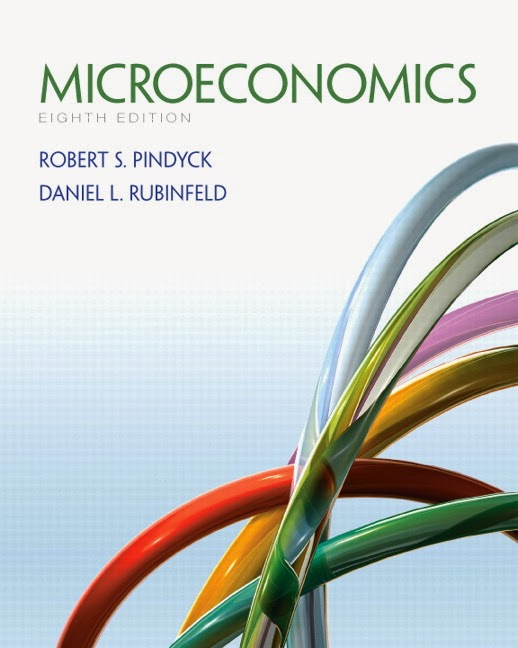Syllabus
| Description |
Learning Outcomes | Grading | Academic Integrity | Text |
The economic theory of demand, production, product and input markets, welfare, and general equilibrium. Applications of price theory, including its use
in evaluating and forming public policy.
Prerequisite: Economics 101
Upon completing this course, students should be able to:
(1) quantitatively analyze supply and demand, including
market equilibrium and elasticity
(2) use graphical analysis to determine the impact on
consumers of various events, including public policy
(3) understand the nature of production and costs for firms
(4) be able to compare the implications for firm behavior
resulting from the different types of market structure
(5) be able to apply tools such as pricing strategies,
present value analysis, and game theory to make business
decisions
(6) understand the concept of general equilibrium and how it
is utilized to analyze the impact of different events
There will be three tests
during the semester, each worth 20% of your grade, and a final
worth 30%. The tests will consist of
problem, graphing, short answer, and essay questions. If
you miss a test during the semester and have a written excuse,
you have two options: (1) You can take a makeup test
during the class period immediately following the scheduled
test, or (2) the weight of the other exams will be increased
appropriately, with the difficulty of each exam factored
in. The final must be taken at the date and
time scheduled, so please be sure there are no conflicts.
In addition to the tests, there
will be homework assignments worth a total of 30%
of your grade. The assignments will allow you to apply the
theories developed in class. They can be submitted in
hard copy form or via e-mail up until midnight of the due
date. No late assignments will be accepted.
Ethical behavior is expected at all times.
From the Undergraduate Bulletin: "Academic
dishonesty is an affront to the integrity of
scholarship at USD an a threat to the quality of
learning. . . Violations of academic integrity
include: a) unauthorized assistance on an
examination; b) falsification or invention of
data; c) unauthorized collaboration on an
academic exercise; d) plagiarism; e)
misappropriation of research materials; f) any
unauthorized access to an instructor's files or
computer account; or g) any other serious
violation of academic integrity as established by
the instructor. An act of dishonesty can lead to
penalties in a course such as reduction of grade;
withdrawal from the course; a requirement that
all or part of a course be retaken; and a
requirement that additional work be undertaken in
connection with the course."
Robert S. Pindyck and Daniel L. Rubinfeld. Microeconomics, 8th Edition,
Prentice Hall, 2013.

|


